Embarking on the legendary Ha Giang Loop by car from Hanoi offers travelers a unique perspective on northern Vietnam’s most spectacular landscapes. While motorbikes dominate this famous route, exploring by car provides comfort, safety, and accessibility that opens this breathtaking journey to more travelers. This comprehensive guide from Phieu Travel unveils everything you need to know about conquering the limestone peaks, winding roads, and ethnic minority villages of Ha Giang from the comfort of a four-wheeled vehicle.
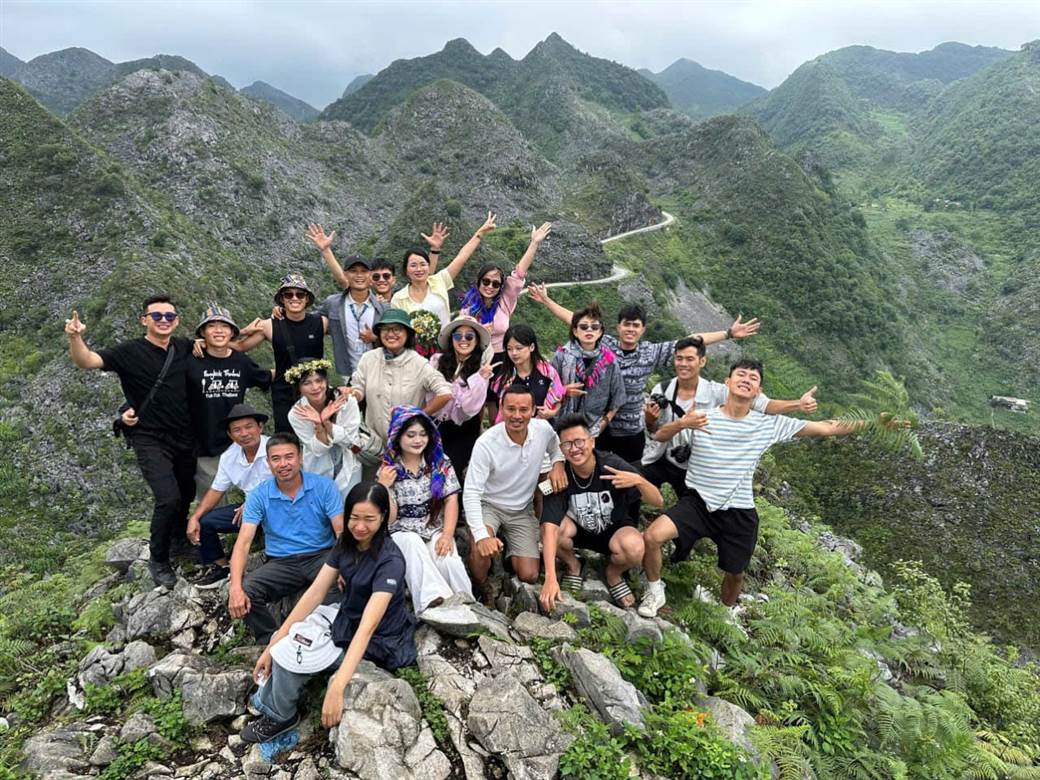
1. Why Choose the Ha Giang Loop by Car?
The decision between car and motorbike can significantly impact your Ha Giang experience. Each option offers distinct advantages depending on your travel style, comfort needs, and sense of adventure.
1.1 Car vs. Motorbike/Jeep: Pros and Cons
Traveling the Ha Giang Loop by car delivers several compelling benefits. First, the comfort factor is undeniable air conditioning shields you from both scorching sun and chilly mountain air, while padded seats protect you from the bumpy roads that would otherwise test your endurance on a motorcycle. Weather protection also proves invaluable, as northern Vietnam’s climate can change rapidly, especially at higher elevations. Cars offer sanctuary from sudden downpours that would drench motorbike riders.
Safety represents another significant advantage, particularly for those unfamiliar with Vietnam’s challenging mountain roads. The loop contains numerous hairpin turns, steep climbs, and occasionally treacherous conditions that become considerably less intimidating from inside a vehicle. Additionally, cars allow you to carry more luggage, photographic equipment, and supplies without constant repacking or weight concerns.
However, car travel comes with certain limitations. The freedom to stop spontaneously at every stunning viewpoint diminishes somewhat, as finding safe parking requires more consideration than simply pulling a motorbike to the roadside. Some extremely narrow passages and certain off-the-beaten-path attractions might prove challenging or inaccessible. Cars also create a physical barrier between you and the environment, potentially limiting those immersive moments of feeling the mountain air and connecting with local communities.
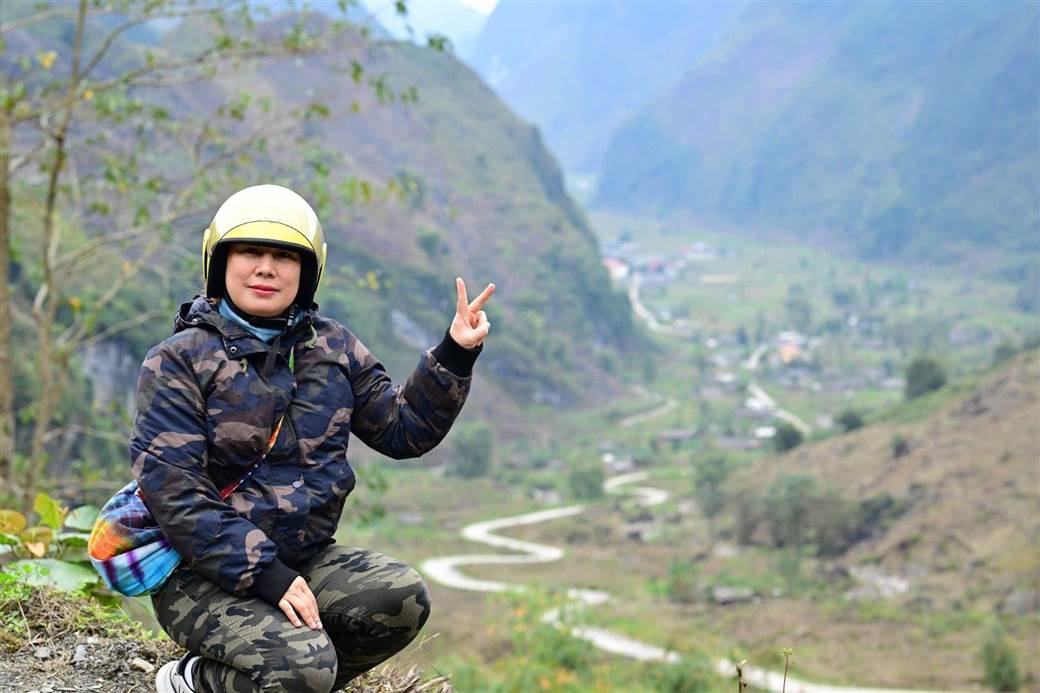
Ha Giang Motorbike Loop: The Ultimate Tour with Phieu Travel
1.2 Who is this option best for?
Car-based exploration of the Ha Giang Loop ideally suits several traveler profiles. Families with children benefit tremendously, as the enclosed, secure environment allows parents to focus on the scenery rather than constant safety vigilance. Elderly travelers or those with mobility issues find cars essential, eliminating the physical demands of motorcycle riding while still accessing the region’s beauty. Photography enthusiasts appreciate having equipment safely stored and readily accessible without balancing gear precariously on motorbikes.
Groups of 3-4 travelers often find car travel more economical and sociable, allowing conversation throughout the journey rather than the isolated experience of individual motorcycles. Those with limited riding experience or no motorcycle license gain access to an otherwise challenging route. Additionally, travelers visiting during the rainy season (May-September) or winter months (December-February) appreciate protection from Ha Giang’s sometimes harsh elements.
Phieu Travel regularly arranges car tours for these traveler categories, customizing experiences based on specific needs while ensuring nobody misses the spectacular landscapes for which Ha Giang has become famous.
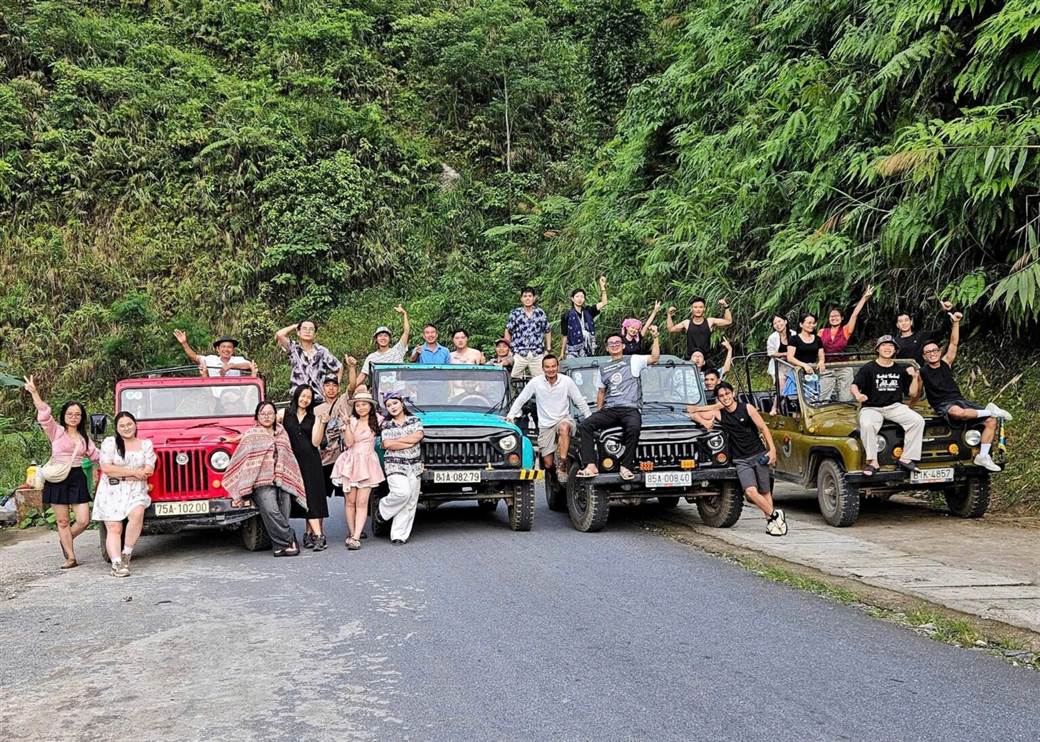
Ha Giang Jeep Tour by Phieu Travel: The Ultimate Adventure on the Ha Giang Loop (2025)
2. Practical Planning: Distance, Route & Timing
Thorough preparation forms the foundation of any successful Ha Giang adventure. Understanding distances, transportation options, and optimal routes helps create a seamless journey through Vietnam’s northern frontier.
2.1 Hanoi to Ha Giang: Transportation Options
The journey from Hanoi to Ha Giang spans approximately 300-320 kilometers, typically requiring 6-7 hours by car depending on traffic and road conditions. Three main transportation arrangements exist for this initial leg. First, private car services provide door-to-door convenience, with professional drivers handling the often chaotic Hanoi traffic before tackling the increasingly rural roads northward. These services cost between $90-150 USD one-way, depending on vehicle type and company.
Public buses offer a more economical alternative, with tickets ranging from $10-15 USD for the Hanoi-Ha Giang route. Buses typically depart from My Dinh or Gia Lam stations, running both day and overnight schedules. While comfortable enough, public transport limits your flexibility and requires additional arrangements for loop exploration once you reach Ha Giang city.
The third option combines approaches: taking public transport to Ha Giang city, then arranging a private car with driver for the loop itself. Phieu Travel specializes in these combination packages, coordinating seamless transitions between transportation types while ensuring quality vehicles and experienced drivers familiar with the region’s challenging terrain.
2.2 Loop Variations and Main Attractions
The classic Ha Giang Loop forms a rough circle of approximately 350 kilometers, traditionally starting and ending in Ha Giang city. Most car-based itineraries follow either clockwise or counterclockwise routes, with slight variations depending on preferred overnight stops. The primary attractions remain consistent regardless of direction, though timing and crowd levels might vary.
Must-see highlights include the Heaven’s Gate and Twin Mountains in Quan Ba, offering spectacular valley views and distinctive geological formations. The Dong Van Karst Plateau Geopark showcases dramatic limestone landscapes recognized by UNESCO for their scientific and cultural significance. The Hmong King’s Palace provides historical context through its unique French-Chinese-Hmong architectural fusion. Perhaps most famously, Ma Pi Leng Pass presents breathtaking views over the emerald Nho Que River cutting through deep canyons below.
Different loop variations exist based on available time. The standard 3-day itinerary covers all major highlights at a comfortable pace. Extended 4-5 day versions incorporate additional attractions like Du Gia’s picturesque villages and waterfalls. Compressed 2-day routes remain possible by car (though challenging by motorbike), focusing exclusively on the most spectacular sections while minimizing overnight stops.
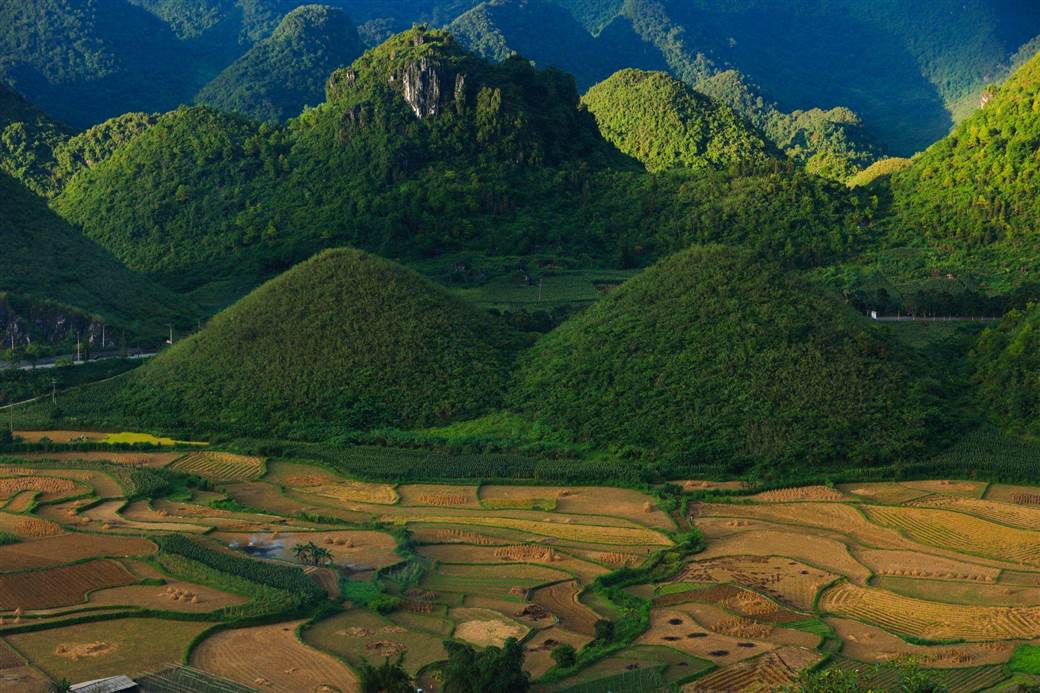
Quan Ba Twin Mountains: Ha Giang’s Iconic Fairy Hills and Complete Travel Guide
3. How to Hire a Private Car and Driver (or Self-Drive)
When it comes to hiring a private car for the Ha Giang Loop, there are two main options: booking in advance online or arranging it upon arrival in Ha Giang.
Booking online in advance is the safest choice, especially if you’re short on time or prefer a hassle-free experience. It allows you to compare prices, check vehicle conditions, and communicate in English with providers. This also ensures that a professional driver will be waiting for you upon arrival.
Arranging in Ha Giang can sometimes save money, but it requires more time to negotiate and inspect the car. Communication barriers may arise if you don’t speak Vietnamese, and availability during peak season is not guaranteed.
Phieu Travel offers a reliable and transparent booking service for private cars with experienced local drivers who know the Loop inside out. With flexible itineraries, well-maintained vehicles, and customer-focused service, Phieu Travel helps travelers enjoy Ha Giang with comfort and peace of mind.
Private car arrangements for the Ha Giang Loop typically cost between $75-100 USD per day, including driver expenses, fuel, and basic insurance. Higher-end services featuring newer vehicles, English-speaking guides, and comprehensive itinerary planning may reach $120-150 daily. These prices generally cover the vehicle and driver only, with accommodation and meals requiring separate payment unless specified in package deals.
Most providers require 30-50% deposits to confirm bookings, with balance payments due before departure or upon completion. Cancellation policies vary considerably standard terms often include full refunds with 7+ days’ notice, 50% refunds for 3-7 days’ notice, and limited or no refunds for last-minute cancellations. Travelers should carefully review these terms before booking, especially during Vietnam’s unpredictable rainy season.
Several practical tips can enhance your car-based experience. First, confirm vehicle specifications in advance Toyota Fortuners, Ford Everests, and similar SUVs handle mountain roads better than smaller cars. Second, discuss stopping preferences with your driver early in the journey, establishing expectations for photo breaks and roadside pauses. Third, consider arranging an English-speaking driver if language barriers concern you, as communication proves invaluable during longer journeys.

4. Safety and Road Conditions
Understanding Ha Giang’s road realities helps ensure a safe, enjoyable journey through one of Vietnam’s most beautiful yet challenging regions. Preparation and awareness significantly reduce risks associated with mountain driving.
4.1 Seasonal/Weather Considerations
Weather dramatically impacts road conditions throughout the Ha Giang Loop, making season selection particularly important for car-based travelers. The optimal window spans October through April, offering clear skies, minimal rainfall, and comfortable temperatures averaging 15-25°C (59-77°F). During these months, roads remain mostly dry and visibility extends across the spectacular landscapes that attract visitors to the region.
Conversely, the rainy season from May through September brings significant challenges. Sudden downpours create slippery surfaces on mountain roads, while reduced visibility limits appreciation of the panoramic views. Landslides occur occasionally during heavy precipitation, potentially causing delays or route adjustments. Despite these challenges, rainy season visits offer lush, vibrant landscapes with fewer tourists particularly attractive if traveling with experienced local drivers familiar with changing conditions.
Winter months (December-February) present their own considerations. Morning fog frequently shrouds mountain passes until mid-morning, requiring flexible scheduling. Temperatures can drop surprisingly low, particularly at higher elevations like Dong Van plateau, where overnight readings sometimes approach freezing. However, winter often delivers the clearest long-distance views once fog burns off, ideal for photography enthusiasts.
4.2 Driving Tips for Mountain Roads
Ha Giang’s mountain roads demand respect whether you’re driving yourself or riding with a driver. The region’s signature hairpin turns, steep gradients, and occasional unpaved sections require cautious navigation. Most challenging sections occur along the legendary Ma Pi Leng Pass and portions of the Dong Van Karst Plateau, where narrow roadways wind along steep mountainsides with limited guardrails.
When hiring drivers, prioritize experience over English proficiency or vehicle luxury. Local drivers navigate these roads daily and understand seasonal nuances affecting specific sections. If self-driving, maintain conservative speeds under 40km/h on mountain sections, use lower gears for engine braking on descents, and always yield to local traffic familiar with road contours.
Road conditions have improved significantly in recent years, with most of the loop now featuring sealed surfaces suitable for standard cars. However, certain alternate routes or detours to remote villages may still include rough, unpaved sections better suited to 4WD vehicles. Construction projects occur regularly, potentially causing temporary delays that flexible itineraries can accommodate.
4.3 Insurance and Documentation
Proper documentation proves essential for trouble-free travel through Ha Giang province. All travelers should carry original passports, as hotels require these for registration and occasional police checkpoints may request identification. For self-driving arrangements, international driving permits alongside valid home-country licenses remain mandatory, while rental companies require substantial deposits (typically $500-1000 USD) secured against credit cards.
Insurance considerations warrant careful attention. Standard Vietnamese car insurance offers limited coverage, often excluding damage occurring on unpaved roads or resulting from weather conditions. Comprehensive policies specifically designed for northern mountain regions provide greater protection but command higher premiums. When arranging private drivers, confirm their insurance covers passenger liability and ensure the company maintains proper transportation licenses.
Certain restricted border areas within Ha Giang province technically require travel permits, though enforcement varies considerably. Reputable tour operators like Phieu Travel handle these administrative requirements in advance, including any necessary permits within their service packages. Self-driving travelers should inquire about current requirements at Ha Giang’s immigration office if planning to visit remote border regions like Lung Cu.
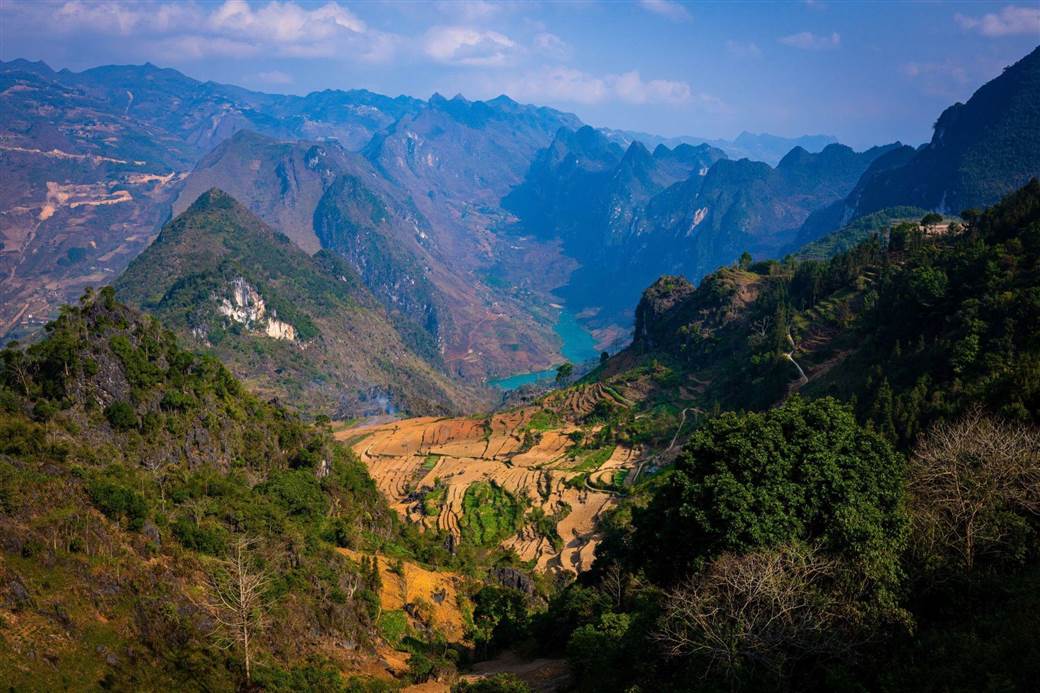
5. Sample 3 – 4 Day Car Itineraries
Well-structured itineraries balance driving distances with meaningful experiences, allowing sufficient time to appreciate Ha Giang’s spectacular landscapes, cultural richness, and photographic opportunities.
5.1 Day-by-day Breakdown for Car Tours
A classic 3-day Ha Giang Loop car tour provides the ideal introduction to the region’s highlights while maintaining a comfortable pace. Day one typically begins with early departure from Ha Giang city, heading north toward Quan Ba district. The route passes Heaven’s Gate viewpoint with its panoramic valley vistas and the distinctive Twin Mountains. By afternoon, travelers reach Yen Minh, exploring its pine forests before continuing to Dong Van. This first day covers approximately 140km, concluding with overnight accommodations in Dong Van ancient town.
Day two features the loop’s most spectacular segment: the journey from Dong Van to Meo Vac via Ma Pi Leng Pass. Morning activities often include visiting Lung Cu Flag Tower (Vietnam’s northernmost point) before tackling Ma Pi Leng’s breathtaking mountain road with its sweeping views over the Nho Que River. Afternoon boat excursions on the river provide alternative perspectives of the massive karst formations towering overhead. This day’s driving distance remains shorter (about 60-80km) but includes the most challenging road sections, requiring additional time for photo stops and viewpoint appreciation.
Day three completes the loop by returning to Ha Giang city via Meo Vac. This 150km stretch offers continued karst scenery gradually transitioning to gentler landscapes. Many itineraries incorporate stops at ethnic minority villages like Lung Tam, known for traditional textile production, or scheduled around Sunday markets showcasing local cultures and crafts. Arrival back in Ha Giang typically occurs by late afternoon, allowing for same-day connections back to Hanoi if desired.
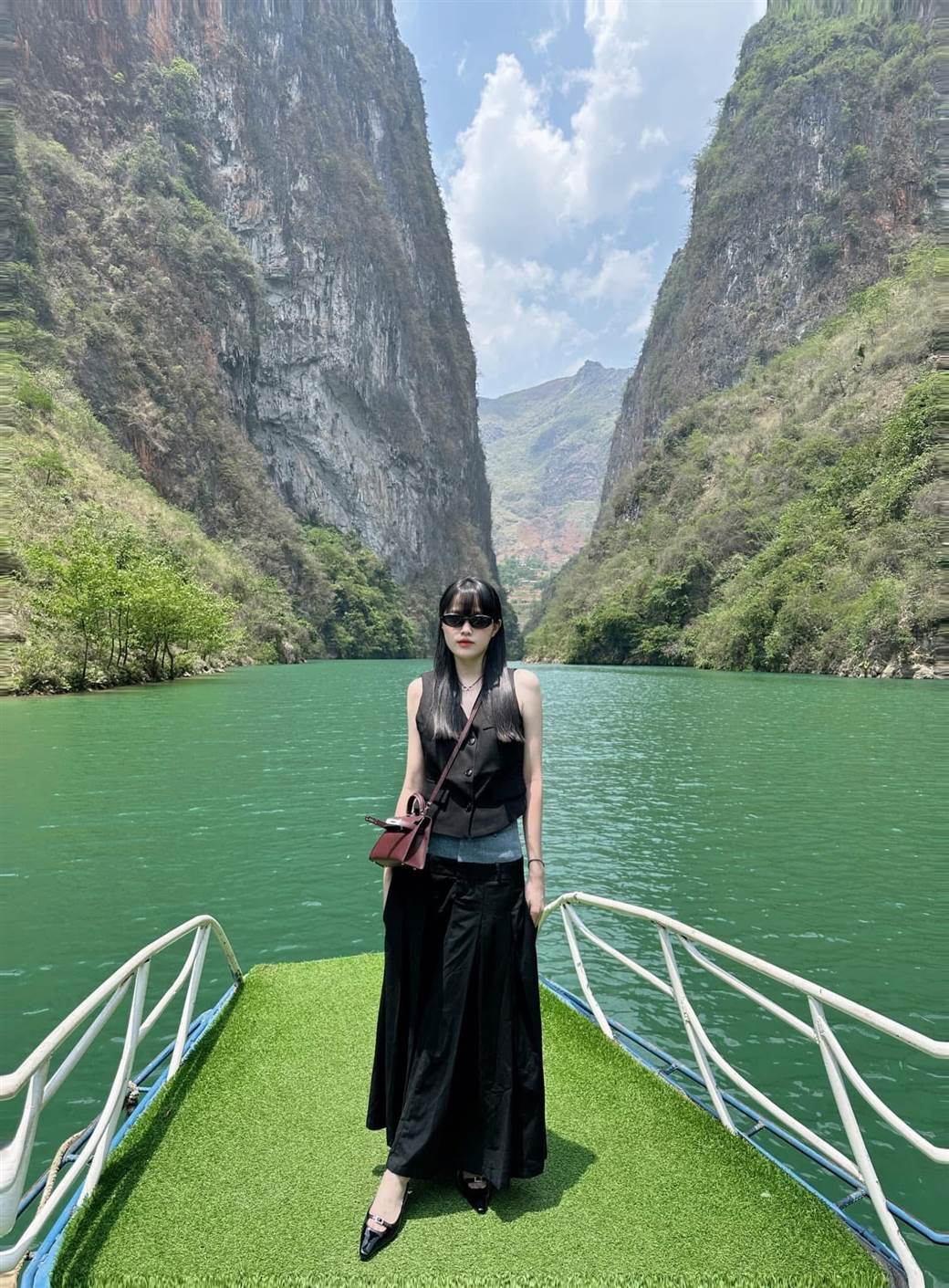
5.2 Highlights and Must-See Stops
Certain destinations along the Ha Giang Loop transcend regular sightseeing, becoming definitive experiences that characterize the journey. The Dong Van Karst Plateau Geopark stands as Vietnam’s first UNESCO-recognized geopark, where limestone formations create otherworldly landscapes shaped through millions of years of geological processes. Stop at multiple viewpoints throughout the plateau to appreciate its scope and diversity.
Ma Pi Leng Pass represents the loop’s unrivaled highlight a 20km mountain road carved into near-vertical cliffs, offering Vietnam’s most dramatic mountain vistas. The recently constructed Ma Pi Leng Skywalk extends the experience with platforms suspended over sheer drops. Below, the Nho Que River flows through narrow Tu San Gorge, reputedly Southeast Asia’s deepest canyon. Brief boat excursions from the river basin provide unique bottom-up perspectives of these massive formations.
Cultural highlights include Dong Van Ancient Town, where centuries-old buildings reflect Chinese architectural influences through stone facades and traditional courtyards. The Hmong King’s Palace in Sa Phin combines French colonial, Chinese, and indigenous design elements, telling the complex story of the powerful Vuong family who once controlled the region’s opium trade. Throughout the journey, ethnic markets (particularly Dong Van and Meo Vac Sunday markets) showcase authentic highland cultures through traditional dress, handicrafts, and agricultural products.

6. Essential Travel Tips for Ha Giang Loop by Car
Thoughtful preparation enhances every aspect of the Ha Giang experience, from practical comfort to deeper cultural appreciation. These recommendations address both physical requirements and mindset adjustments beneficial for northern mountain travel.
6.1 Packing Advice and Preparation Checklist
The Ha Giang Loop’s variable climate and limited shopping opportunities necessitate careful packing. Weather-appropriate clothing heads every list lightweight, breathable garments for summer months, while fall through spring journeys require warmer layers, particularly for early mornings and evenings when temperatures can drop significantly. Regardless of season, a quality rain jacket remains essential for unexpected mountain showers.
Physical comfort items prove equally important. Motion sickness remedies benefit many travelers, as winding mountain roads test even resilient stomachs. Sunscreen and sunglasses protect against intense highland UV exposure, while sturdy walking shoes enable comfortable exploration during stops. Technology considerations include power banks for device charging, as electricity access can prove unreliable in remote areas. Camera equipment deserves weather protection through waterproof covers or bags.
A basic medical kit containing pain relievers, digestive aids, and any personal medications proves prudent, as pharmacies exist only in larger towns. Cash remains king throughout Ha Giang province, with ATMs limited to Ha Giang city, Dong Van, and occasionally Meo Vac. Finally, download offline maps and translation apps before departure, as mobile coverage becomes increasingly sporadic throughout the northern frontier region.
- Clothing: Layers appropriate for season, rain jacket, comfortable walking shoes
- Comfort items: Motion sickness remedies, sunscreen, sunglasses, hat
- Technology: Power banks, camera equipment, waterproof protection
- Health: Basic medications, hand sanitizer, masks for dusty areas
- Documents: Passport, travel insurance details, hotel reservations (printed)
- Financial: Sufficient cash in Vietnamese dong for entire journey
6.2 Local Customs and Etiquette
Respectful interaction with Ha Giang’s diverse ethnic communities enhances both traveler experiences and local impressions of tourism. The region hosts numerous distinct ethnic groups including Hmong, Dao, Tay, and Lo Lo peoples, each with unique traditions and social practices. Most communities maintain traditional dress, agricultural lifestyles, and animistic beliefs alongside more recent religious influences.
Photography etiquette deserves particular attention. While many residents accept casual photography, requesting permission before taking portraits shows basic respect, particularly when photographing children or religious activities. Some communities may request small payments for photos, reflecting complex attitudes toward tourism and outside attention. When visiting homes or community buildings, removing shoes at entrances acknowledges local customs of cleanliness and respect.
Markets represent cultural rather than merely commercial spaces in Ha Giang. Bargaining remains acceptable but should occur respectfully, recognizing the genuine value of handcrafted items and the economic realities facing highland communities. Supporting local economies through thoughtful purchasing decisions handicrafts, textiles, or food items creates positive tourism impacts. Most importantly, approaching interactions with patience and genuine interest rather than consumerist expectations generates meaningful exchanges benefiting both visitors and hosts.
Phieu Travel guides provide cultural context throughout journeys, explaining appropriate behaviors for specific communities and facilitating respectful interactions. These insights transform standard sightseeing into deeper cultural appreciation, representing responsible tourism principles central to our approach to the Ha Giang region.
The Ha Giang Loop by car from Hanoi offers a remarkable balance of comfort, accessibility, and authentic experience. While motorbikes remain the traditional choice, car-based exploration opens this spectacular frontier landscape to travelers of all ages and abilities. The region’s dramatic karst formations, ethnic diversity, and rural lifestyles provide unforgettable memories whether viewed through a car window or during frequent stops along the journey.
Proper preparation from selecting appropriate seasons to understanding road conditions and respecting local customs transforms challenging logistics into smooth, enjoyable travel. Whether hiring private drivers or embarking on self-drive adventures, the loop’s stunning natural beauty and cultural richness reward every visitor willing to venture beyond Vietnam’s more familiar destinations.
Phieu Travel specializes in creating customized Ha Giang Loop experiences tailored to individual preferences, time constraints, and comfort requirements. Our local knowledge, reliable transportation partnerships, and commitment to responsible tourism ensure memorable journeys through Vietnam’s spectacular northern highlands. For detailed itineraries, seasonal recommendations, or booking assistance, visit Phieutravel.com and begin planning your own Ha Giang adventure by car from Hanoi.
Read more:
- Hidden Paradises: The Enchanting Waterfalls on the Ha Giang Loop
- Explore Xa Phin Village Ha Giang Tea Culture and Local Life
- The Ultimate Guide to Khau Vai Love Market in Ha Giang
- Some Notes When Traveling Ha Giang Loop Tour by Car with Phieu Travel

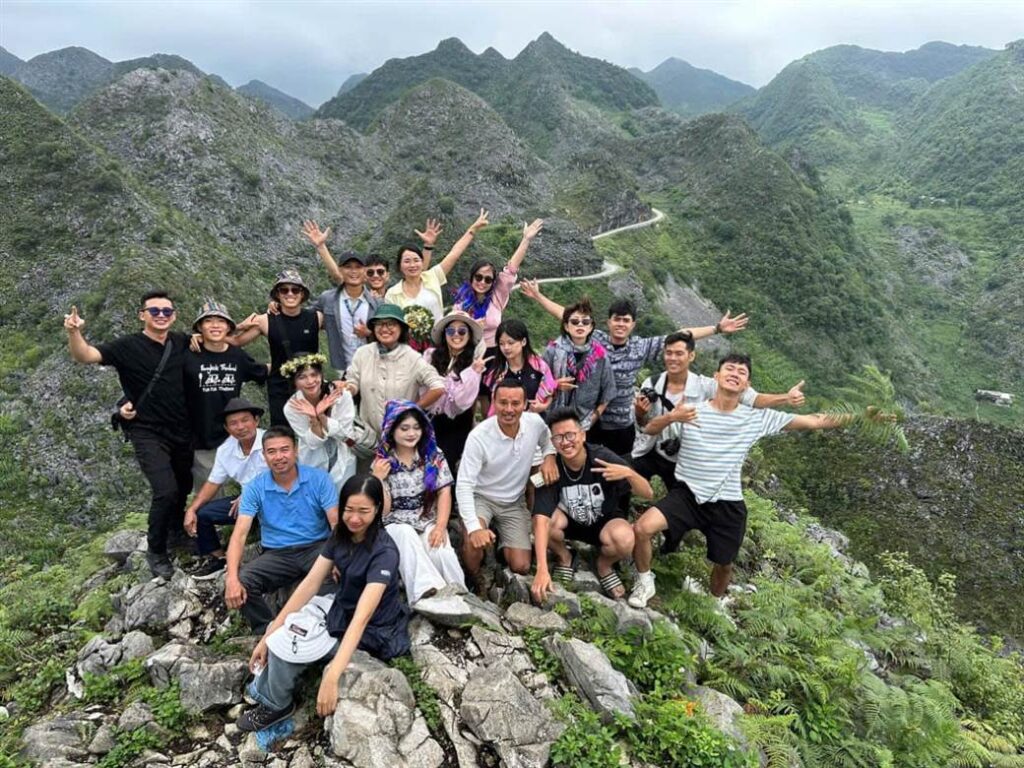
You Might Also Like
Ha Giang Weather in September: Complete Guide for Travelers
Exploring the magnificent Ha Giang Loop in September offers travelers a perfect balance of favorable[...]
Quan Ba Twin Mountains: Ha Giang’s Iconic Fairy Hills and Complete Travel Guide
The mystical Quan Ba Twin Mountains rise from the emerald valleys of Ha Giang like[...]
Vuong family mansion: the architectural marvel and cultural legacy of Ha Giang
Deep in Vietnam’s northern highlands, where mist-shrouded mountains meet terraced rice fields, stands a testament[...]
Ha Giang Loop Safety Tips: How to Ride Securely in Vietnam’s Northern Mountains
The Ha Giang Loop, with its winding mountain roads and breathtaking landscapes, offers one of[...]
The Ultimate Guide to the M-Shaped Curve on Ha Giang Loop
Vietnam’s remote northern province of Ha Giang hides a natural wonder that has captivated adventurous[...]
Most Beautiful Places to Visit in Vietnam: Essential Destinations and Insider Tips
Vietnam captivates travelers with its stunning landscapes, rich cultural heritage, and warm hospitality. From mist-shrouded[...]
Beyond the Beaten Path: Discovering Ha Giang Province in Northeast Vietnam
Ha Giang Province in Northeast Vietnam stands as one of the country’s last frontiers for[...]
Rainy season in Ha Giang: what to expect, when to go, and travel tips
Vietnam’s northern frontier reveals a different face during the rainy season, transforming Ha Giang’s limestone[...]